Finding hidden cannabis history in America
Forgotten Roots in Colonial America
The first major cannabis law in America wasn’t about prohibition—it was about farming. In 1619, the Jamestown Colony in Virginia passed a law requiring settlers to grow hemp.
The crop was crucial for rope, sails, and trade. By the mid-1700s, Virginians were cultivating thousands of acres, especially in areas where tobacco wasn’t profitable.
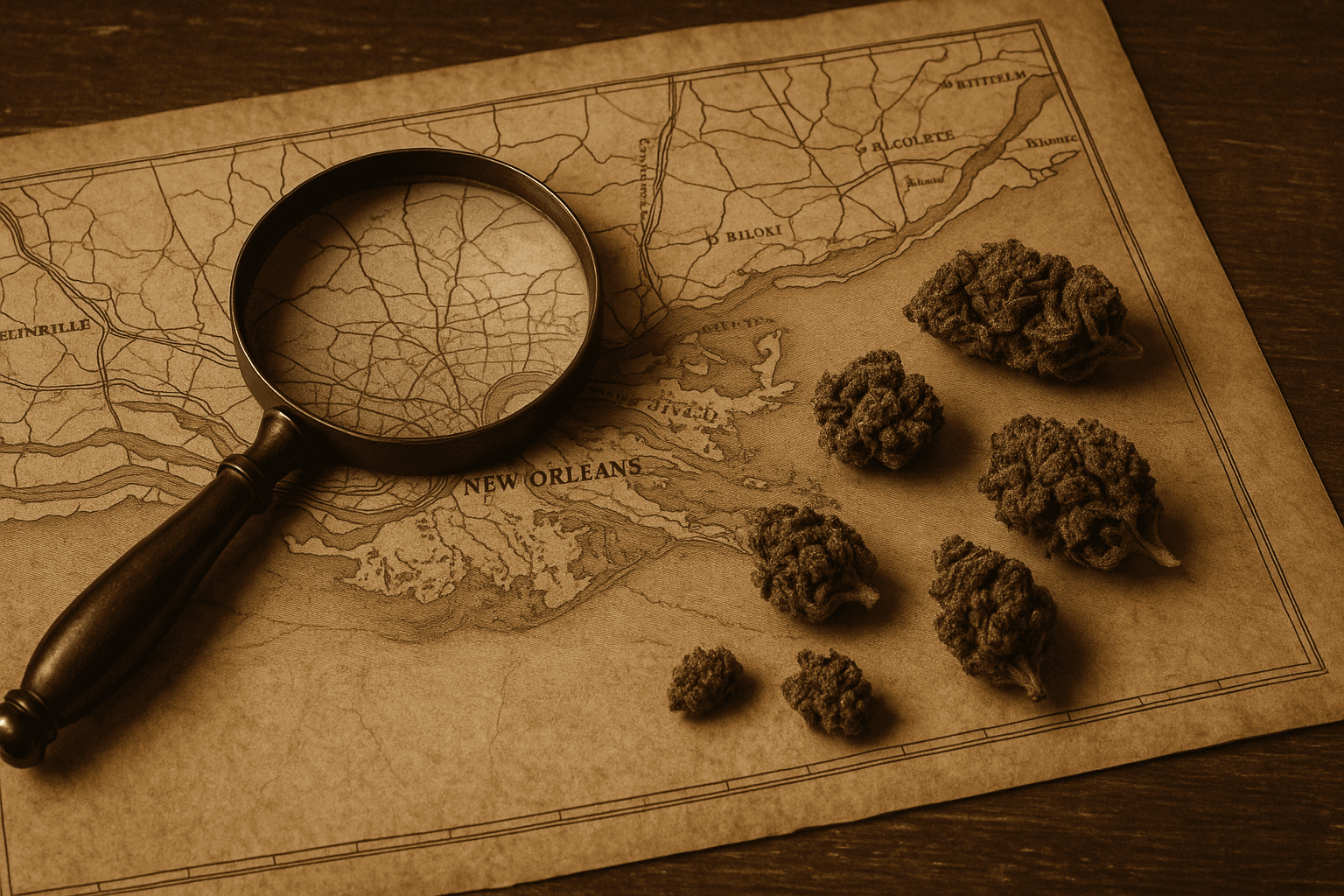
Quick Notes:
- 1619: Hemp growth required by law in Jamestown.
- Thrived in poor soil where tobacco failed.
- Became a trade staple with England.
- Some colonial newspapers even advertised hemp seed sales alongside grain and livestock.
Hemp and the Founding Fathers
George Washington grew hemp at Mount Vernon, and Thomas Jefferson did the same at Monticello. Hemp wasn’t for getting high but for making rope, paper, and textiles. Its fiber even found its way into the sails of ships like the U.S.S. Constitution and possibly the fabric of the first American flag. For the early U.S., hemp wasn’t optional—it was essential.
Highlights:
- Washington grew hemp for rope and animal feed.
- Jefferson experimented with hemp strains for fiber production.
- Hemp fiber was used in naval ships, paper products, and possibly the Stars and Stripes.
Kentucky’s Hemp Heartland
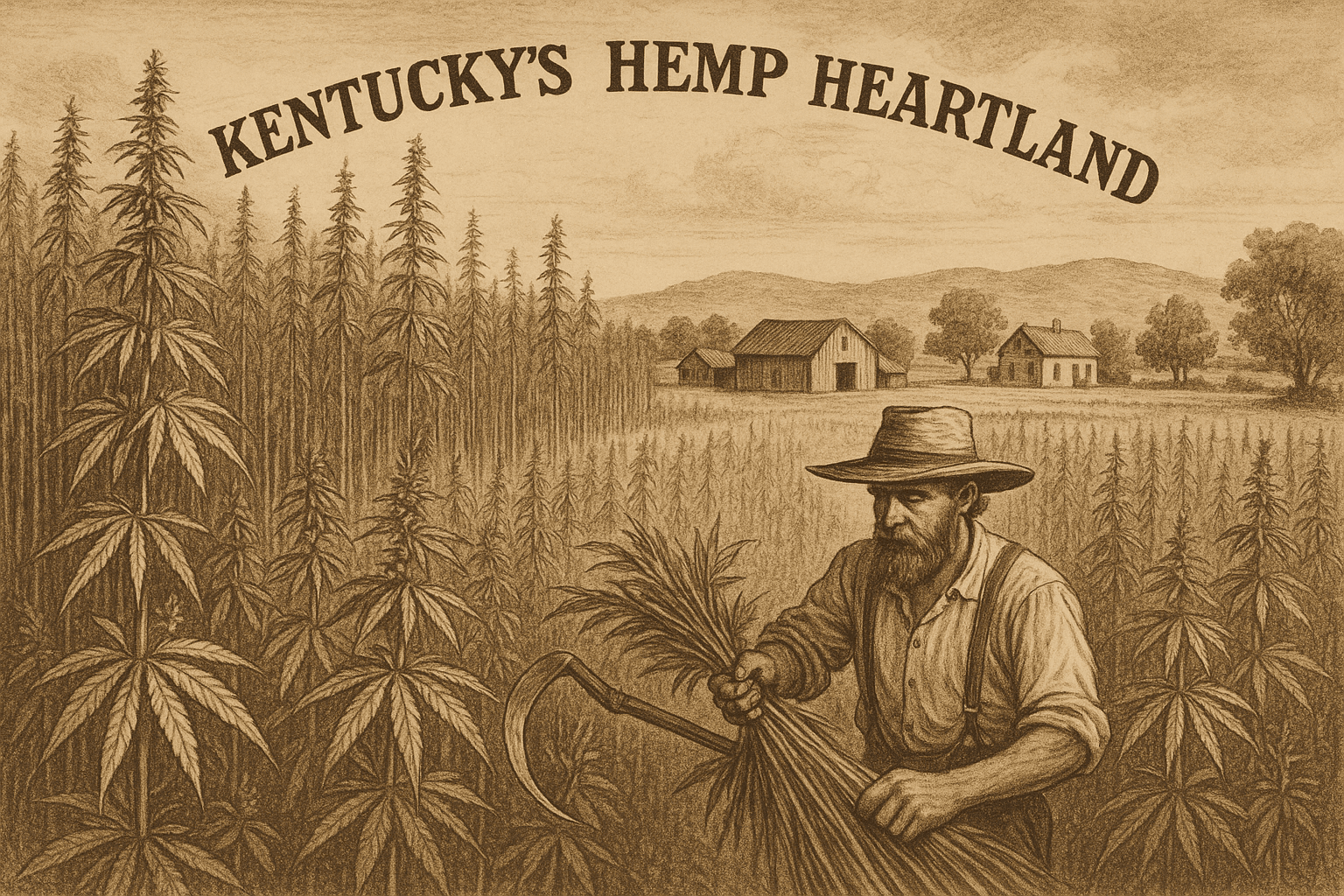
Kentucky is one of the unsung capitals of hemp history. The first crop was planted in 1775 near Danville. By the late 1800s, Kentucky produced nearly all of America’s hemp. At its peak in the early 20th century, the state accounted for about 75% of U.S. hemp fiber. During World War II, the “Hemp for Victory” campaign revived the industry, and Kentucky farmers produced tens of thousands of acres.
Key Points:
- 1775: First hemp planted in Danville, KY.
- By 1912, Kentucky controlled nearly all hemp production.
- WWII campaign revived hemp farming—over 50,000 acres in 1943.
- Vintage postcards from the 1900s show farmers cutting and stacking hemp like hay—visual proof of hemp’s everyday role.
South Carolina’s Quiet Hemp Past
While South Carolina is better known for rice and indigo, early farmers also experimented with hemp. It never rivaled the state’s cash crops, but its presence shows how widespread hemp cultivation really was. The British crown even offered incentives to expand hemp production, though the crop never dominated. Still, early Charleston records mention hemp among farm exports.
The Midwest’s Feral Hemp
Drive through the Midwest and you might spot cannabis growing wild along ditches and fields. This “ditch weed” is feral hemp, descended from abandoned farms of the WWII era when the U.S. pushed hemp farming to support the war effort. States like Missouri, Iowa, and Nebraska still see wild patches sprout up every year—a living reminder of hemp’s forgotten agricultural role.
Fun Fact:
- Law enforcement spent decades burning millions of pounds of ditch weed in eradication programs, yet it comes back every summer.
- Old agricultural bulletins from the USDA listed hemp as a “stubborn” crop that was difficult to eliminate.
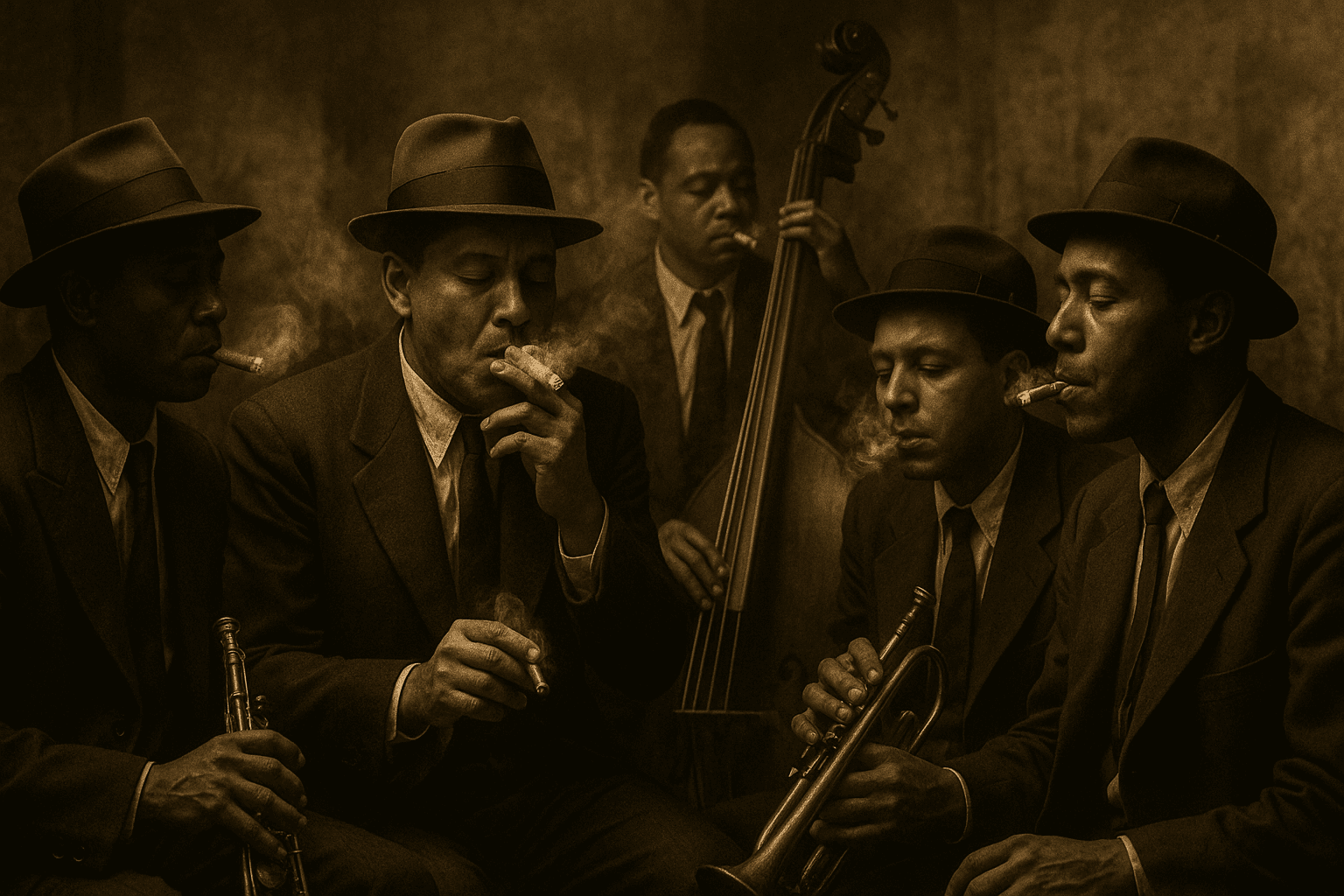
New Orleans: Jazz and Cannabis
If colonial Virginia and Kentucky were about farming, New Orleans was about culture. In the 1920s, jazz musicians made cannabis part of the nightlife. Nicknamed “muggles,” joints were passed around clubs, fueling improvisation and community. The city became one of the first true cannabis subcultures in America. By the late 1920s, authorities cracked down hard, making hundreds of arrests—but by then, the music and the weed had already made their mark.
Notable Nuggets:
- “Muggles” was jazz slang for cannabis.
- Arrest records between 1923–1929 show over 225 marijuana-related arrests.
- Newspapers reported seizures ranging from single joints to massive hauls.
- Touring jazz musicians carried cannabis culture to Chicago, New York, and beyond.
Hidden Visuals from the Past
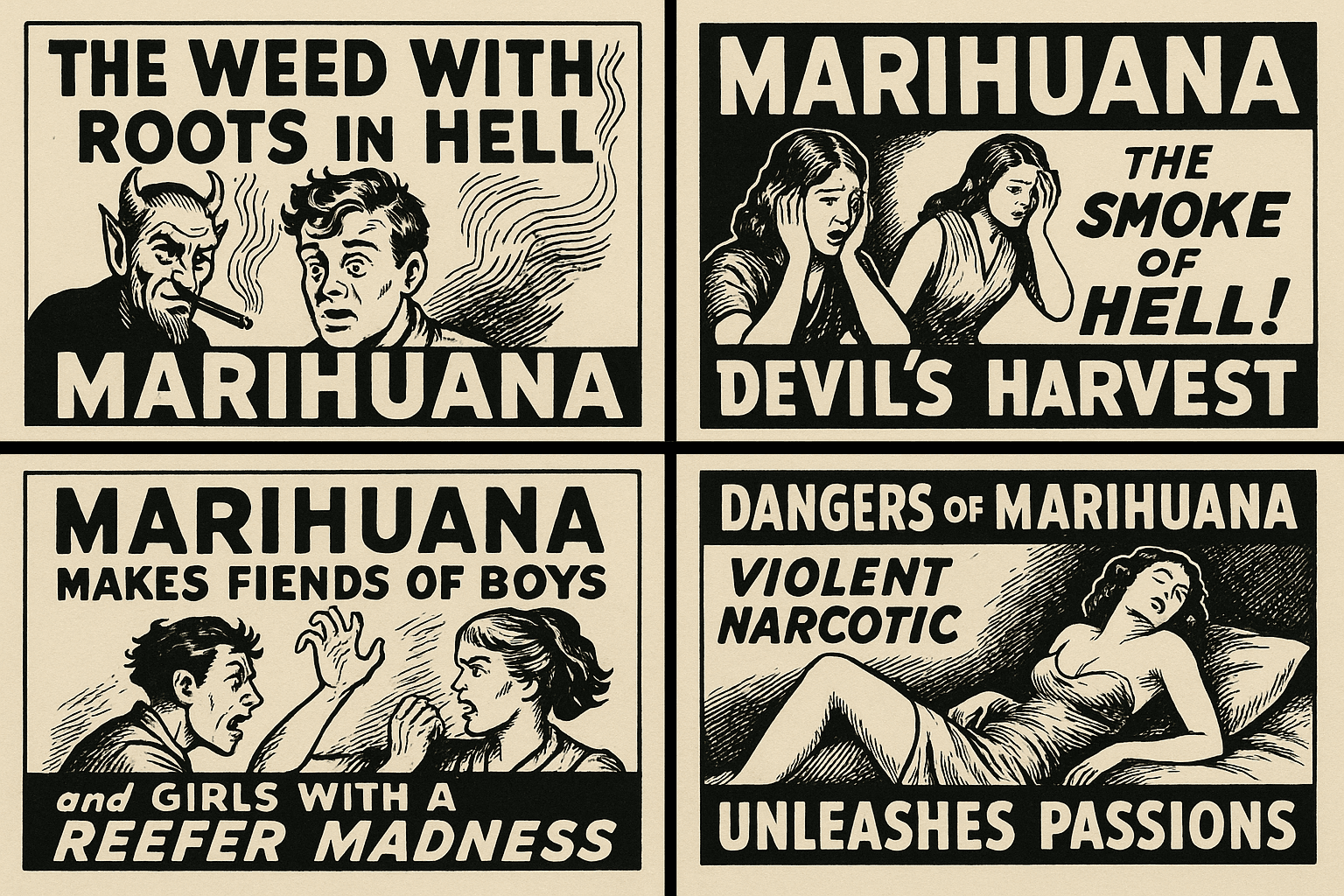
Cannabis history isn’t just in law books—it’s in old newspapers, ads, and photographs. These hidden visuals tell their own story.
Early Anti-Cannabis Ads:
- Newspapers in the early 1900s hyped cannabis as a terrifying menace.
- Ads and editorials linked marijuana to insanity, crime, and moral decline.
- Sensational headlines helped build public fear and justify early prohibition laws.
Arrest Records and Mug Shots:
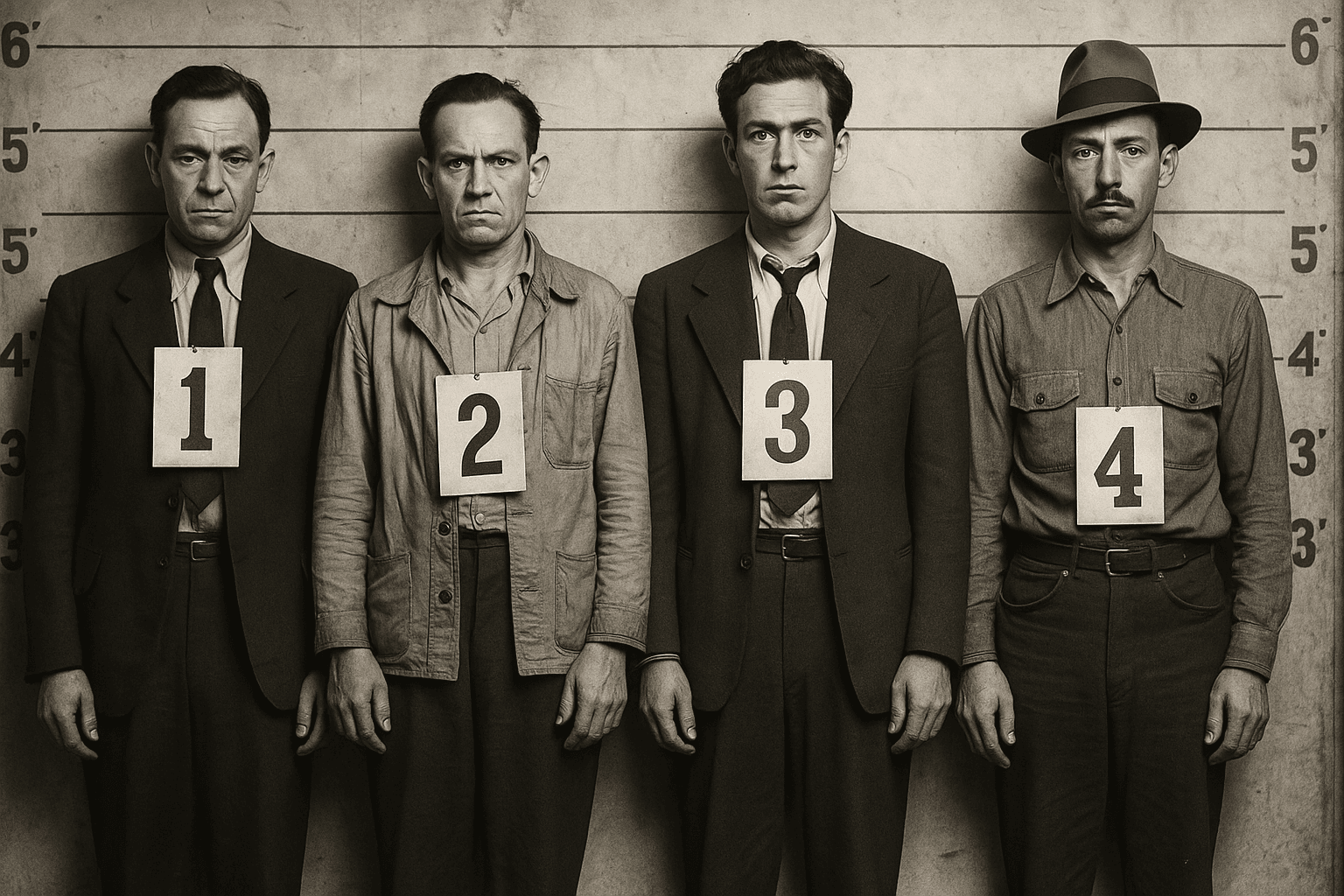
- Photographs from the 1930s show real people arrested for “marihuana cigarettes.”
- Many of these arrests happened in small towns far from big cities.
- These images humanize prohibition—not abstract policy, but lives disrupted.
Hemp in Agriculture:
- Historic postcards from Kentucky depict hemp harvesting alongside corn and hay.
- Ads for hemp seed appeared in Midwestern farm journals.
- Hemp paper was once used for newspapers before tree-based pulp took over.
Hidden Corners of Cannabis History
- Illinois & Wisconsin: Hemp rope factories thrived near shipyards in the early 1900s.
- Minnesota: WWII boom made it the second-largest hemp producer after Kentucky.
- Oklahoma: Wild hemp still sprouts along highways from old farms.
- Texas border towns: Cannabis moved north with Mexican migration in the early 20th century.
- Local headlines: “Marihuana menace” stories in small-town papers shaped national opinion long before federal prohibition.
Looking to connect past and present? Explore safe, tested products and cannabis-friendly destinations right here on USAWeed.org.


